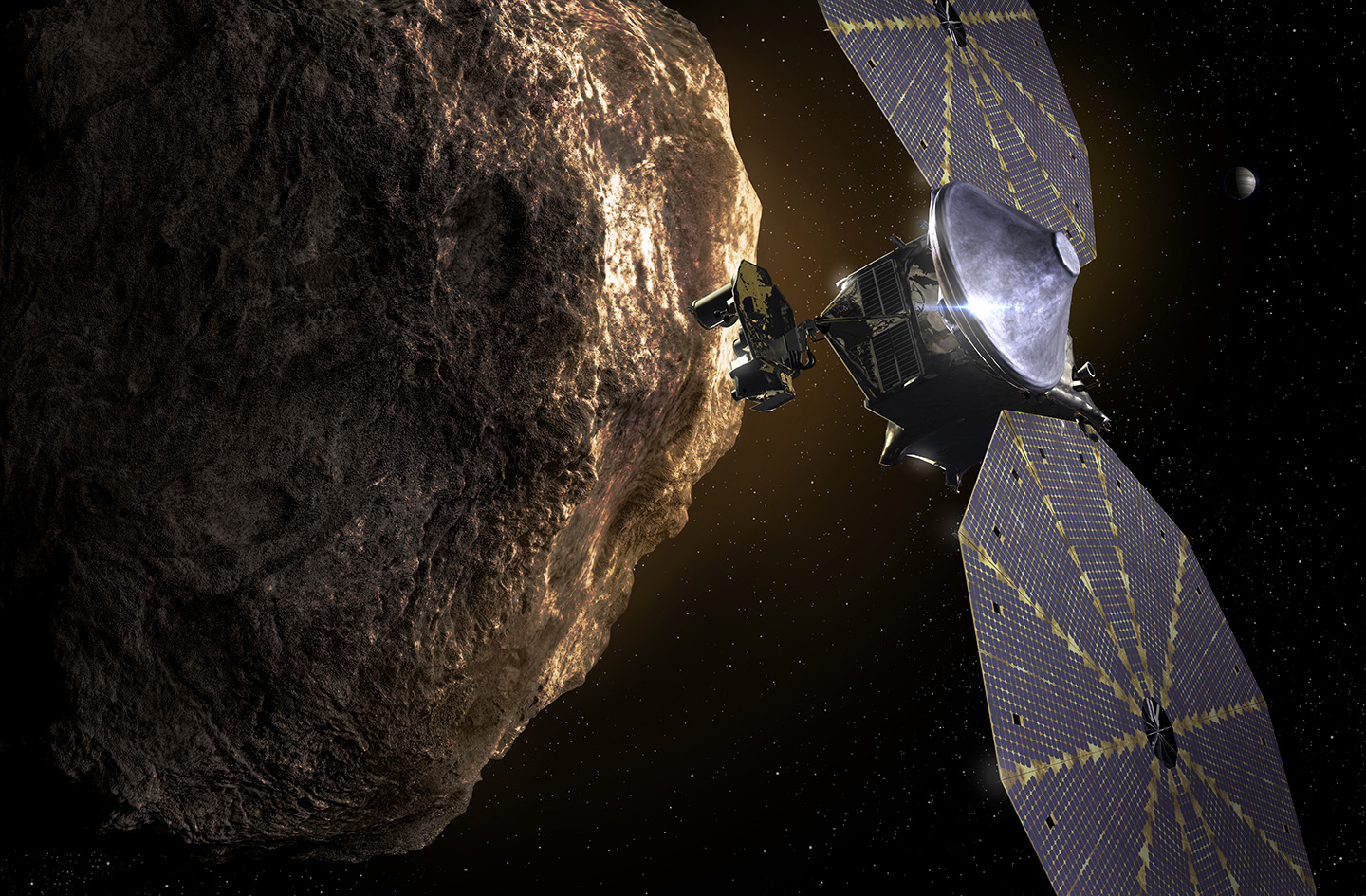(Updated) NASA completes launch readiness review for Lucy Mission
During the course of its mission, Lucy will explore a record-breaking number of never-before-seen asteroids. The spacecraft will fly by one asteroid in the solar system's main belt and seven Trojan asteroids.

- Country:
- United States
NASA said Wednesday it has completed the launch readiness review (LRR) for the Lucy mission, the agency's first mission to explore the Jupiter Trojan asteroids. Lucy is scheduled to launch this Saturday, October 16, 2021, on a ULA (United Launch Alliance) Atlas V 401 rocket from Space Launch Complex 41 at Cape Canaveral Space Force Station in Florida.
A prelaunch briefing for the Lucy mission was held on October 13, 2021, at the agency's Kennedy Space Center in Florida. Following the launch readiness review, mission managers with NASA and ULA answered questions and provided updates on the upcoming Lucy mission.
"LSP is excited about the launch of Lucy this Saturday. Our team is ready, and we look forward to a beautiful launch," said Omar Baez, Lucy launch director.
After #LucyMission launches this weekend, it will explore Trojan asteroids, which cluster in two Lagrange points — where the gravitational forces between the Sun and Jupiter are balanced. https://t.co/RyXHWnr5Fm pic.twitter.com/Umkpk4IA2y
— NASA Sun & Space (@NASASun) October 13, 2021
During the course of its mission, Lucy will explore a record-breaking number of never-before-seen asteroids. The spacecraft will fly by one asteroid in the solar system's main belt and seven Trojan asteroids.
According to NASA, Lucy's path will circle back to Earth three times for gravity assists, making it the first spacecraft ever to return to the vicinity of Earth from the outer solar system. The mission will revolutionize the knowledge of planetary origins and the formation of the solar system.
Update: Weather officers with the 45th Weather Squadron, Space Launch Delta 45, at the Cape, continue to predict a 90 percent chance of favourable weather conditions at the launch pad for liftoff. The primary weather concern is the cumulus cloud rule, NASA said on Friday.
Live launch broadcast will air on NASA TV and the agency’s official website and social media channels.










